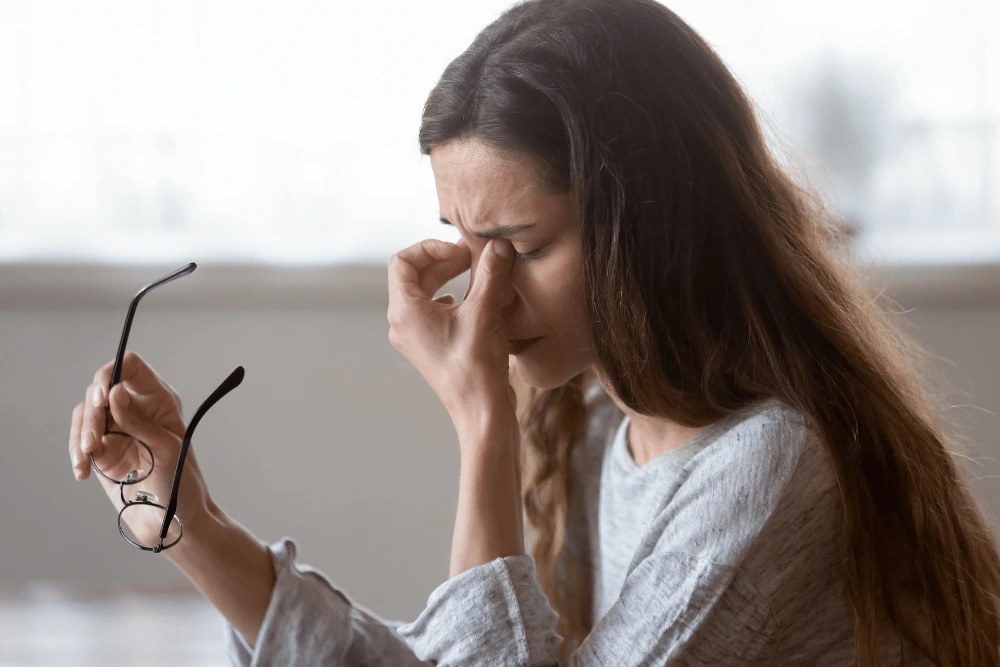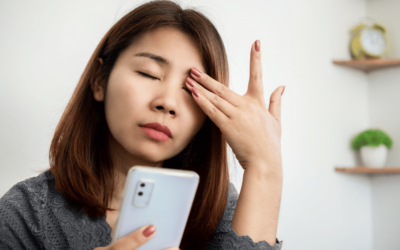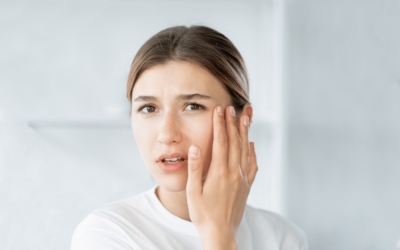Are your eyes constantly dry, irritated, and gritty? You might have dry eye syndrome. If eye drops seem to work for shorter and shorter periods, there’s a good reason why. Artificial tears only treat the surface symptoms while the real problem continues underneath.
At Lighthouse Vision, our dry eye treatment in Milford focuses on identifying and treating the underlying causes of chronic dry eye symptoms. In this blog, we will explore why artificial tears often fall short and discuss advanced treatment options that provide lasting relief.
Why eye drops are not helping with dry eye
Eye drops can help moisten the surface of your eyes, but they often offer only temporary relief. Many cases of dry eye are linked to inflammation, poor tear quality, or blocked oil glands. Artificial tears don’t fix these underlying issues.
In fact, relying too heavily on drops can mask symptoms without improving long-term comfort. If your eyes feel dry again soon after using drops, it may be time to schedule a comprehensive eye exam to explore other options.
How to get rid of dry eyes without eye drops
At Lighthouse Vision in Milford, we offer several advanced in-office treatments that address the root causes of dry eye disease. These technologies are non-invasive, comfortable, and designed to restore your eyes’ natural tear function. Our treatment options include:
Intense pulsed light (IPL) therapy
IPL therapy uses pulses of light to reduce inflammation and improve oil gland function around the eyes. These gentle pulses target the skin and underlying tissues, especially in patients with rosacea or meibomian gland dysfunction. IPL helps your tears stay on the eye longer by supporting a healthier tear film.
Radiofrequency (RF) therapy
Radiofrequency therapy uses controlled heat to gently warm the eyelids and improve gland function. The warmth melts oil blockages, stimulates collagen production, and helps the eyelid glands produce a more stable tear film. Many patients find this treatment relaxing and see improvement after a few sessions.
Low-level light therapy
InfinityPro low-level light therapy (LLLT) delivers red and near-infrared light to the eyelids to reduce inflammation and support natural healing. This gentle, non-invasive treatment is especially effective for patients with chronic dry eye and meibomian gland dysfunction. LLLT helps improve tear production and overall eye comfort.
Daily habits that support dry eye relief
While professional treatments provide the foundation for dry eye relief, your daily routine plays an important role in maintaining and enhancing these results. Try implementing these lifestyle changes to improve dry eye symptoms:
- Take regular screen breaks to encourage natural blinking
- Stay hydrated to support tear production (aim for 8 to 10 glasses a day)
- Make sure to get enough sleep (about 7 to 8 hours every night)
- Use a humidifier if your home has dry air
- Wear wraparound sunglasses when outdoors
- Try to avoid smoke, wind, and direct airflow from fans or air conditioners
These habits work alongside professional care to reduce irritation and keep your eyes more comfortable every day.
When to seek professional dry eye care
Many people live with dry eye symptoms for years before seeking professional treatment, often because they assume nothing more can be done than using stronger eye drops. However, untreated dry eye disease typically worsens over time and can potentially affect your vision quality.
If your symptoms interfere with daily activities like reading, driving, or working on computers, it’s worth exploring professional treatment options. Some patients find themselves avoiding certain environments or activities altogether because of their dry eye discomfort, which significantly impacts their quality of life. During a comprehensive exam, an optometrist can identify the underlying causes and develop an effective treatment plan.
At Lighthouse Vision, we offer personalized solutions based on your symptoms and the specific cause of your dry eye. Whether you need light-based therapy, gland treatments, or a combination of options, we’ll help you find lasting relief.
Call our Milford office today at 203-783-9632 or request an appointment online to learn more about your treatment options.





